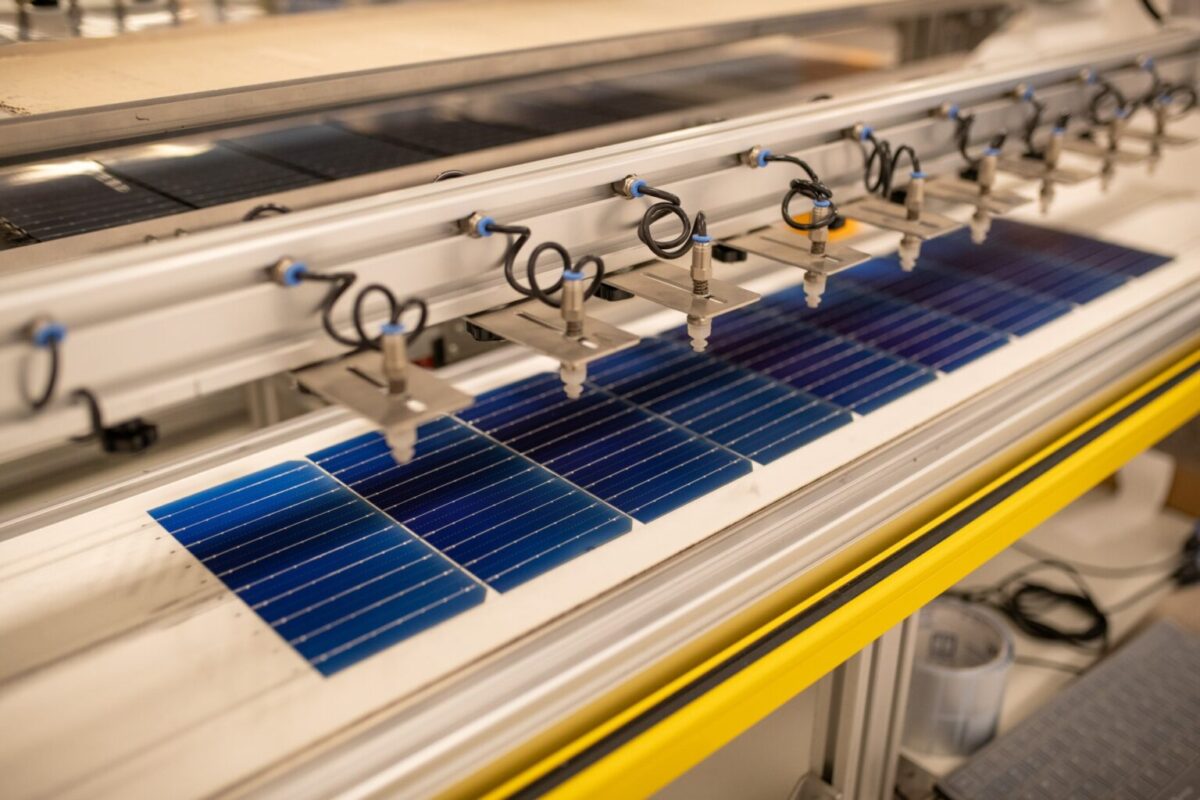Estimates suggest that Australia will need to install almost 28,000 solar panels per day for the next six years to meet its 2030 decarbonization and renewable energy targets.
Federal Energy Minister Chris Bowen has tipped the local manufacturing sector to grab a large slice of that market. He said that in “ideal circumstances” about 20% of the nation’s solar panel needs could be satisfied by domestic production.
“We’ve put 60 million solar panels on our roofs in the last decade. We need to put another 60 million on in the next six years,” he said. “And I don’t really think it’s sustainable or a good idea to have 1% of those made in Australia on an ongoing basis.”
Bowen said the Solar Sunshot program will take Australian technology, innovation, know-how, and skills and let it compete with the Inflation Reduction Act in the United States and government supports elsewhere.
“We have never said that we can make all we need here or that we can make every bit of the supply chain or do everything, what we want is a more diverse supply chain,” he said. “We want to be making more things here.”
The Australian government has committed up to AUD 1 billion of funding for the Solar Sunshot program, to build and support domestic manufacturing capabilities across the PV supply chain, including polysilicon production, production of ingots, wafers, solar PV cells, and solar module assembly.
The investment includes AUD 835.6 million over 10 years from 2024–25 and AUD 66.8 million per year from 2034–35 to 2036–37, in order to establish the program through production incentives and other forms of support. The program may also support complementary aspects of the PV supply chain such as solar glass, module frames, deployment technology and other innovation or manufacturing elements required for solar deployment.
Tindo Solar Chief Executive Officer Richard Petterson said the production credits delivered by the funding initiative will provide a short-term mechanism to help narrow the price gap between locally made panels and imports, while the industry scales, at which point locally manufactured products will be increasingly competitive and a domestic supply chain will emerge.
“Countries are shifting their energy systems to renewable sources, and they must maintain a level of sovereign control of those new systems by supporting local manufacturing,” he said. “This means the Australian renewables industry is competing with Beijing, Washington and Brussels. The Sunshot program attempts to neutralise this discrepancy and to have some sovereign capability in our emerging energy system.”
Petterson said program will also ensure Australia shares in more of the benefits of the energy transition with the market for panels tipped to grow exponentially. The Australian Energy Market Operator has estimated that 70 GW of utility-scale solar and 69 GW of distributed solar will be required by 2050 to meet domestic electricity demand alone.
“This presents a clear opportunity for a domestic industry if is supported to scale quickly,” he said.
Tindo Solar is expected to apply for funding under the Solar Sunshot umbrella for a project which is expected to deliver a manufacturing facility capable of producing 1 GW of panels per annum. The company is planning an expansion of its current facility in Adelaide and to also build a “gigafactory” at a location yet to be divulged on Australia’s east coast.
The company predicts the AUD 90 million to AUD 100 million gigafactory will create 250 jobs and be capable of producing 7,000 panels per day and will go some way to meeting the demand for panels needed to meet Australia’s 2030 renewable energy targets.
Tindo Solar said it is already in talks with local manufacturers of glass, aluminum, solar cells and other components to feed the demands of the facility.
“To build a renewables manufacturing industry we need scale, and we see Sunshot as a practical short-term way to do that,” said Petterson.
This content is protected by copyright and may not be reused. If you want to cooperate with us and would like to reuse some of our content, please contact: editors@pv-magazine.com.




2 comments
By submitting this form you agree to pv magazine using your data for the purposes of publishing your comment.
Your personal data will only be disclosed or otherwise transmitted to third parties for the purposes of spam filtering or if this is necessary for technical maintenance of the website. Any other transfer to third parties will not take place unless this is justified on the basis of applicable data protection regulations or if pv magazine is legally obliged to do so.
You may revoke this consent at any time with effect for the future, in which case your personal data will be deleted immediately. Otherwise, your data will be deleted if pv magazine has processed your request or the purpose of data storage is fulfilled.
Further information on data privacy can be found in our Data Protection Policy.